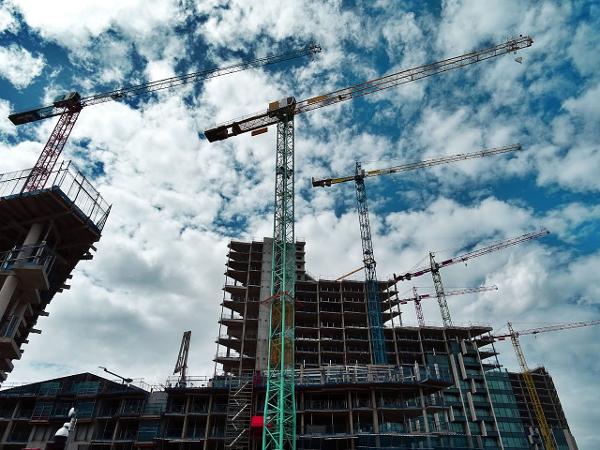The Shift in Cost Dynamics for Building Homes in NZ: A Yearly Overview
Wednesday 6 March 2024, 8:42AM
381 views
In an evolving economic landscape, the financial contours of constructing residential properties in New Zealand have undergone significant changes. According to the latest insights from QV CostBuilder, the authoritative source on construction costs, the past year has seen a 4.9% increase in the price of erecting a standard three-bedroom dwelling across New Zealand's leading urban centres. This rate of inflation marks a slowdown from the previous year, with a modest uptick of just 0.9% recorded since June 2023.
This moderated growth rate is a departure from the steep increases observed in prior years, with an 11.3% hike noted at this point in 2022 and an even more pronounced 14.7% surge towards the end of November 2021.
The latter half of the year has brought some stabilisation to construction costs, mirroring a global economic environment that is cautiously looking up. This stabilisation is attributed to several factors, including the normalisation of fuel prices, a gradual reduction in inflation, and the plateauing of interest rates. On the domestic front, the alleviation of labour shortages through increased migration has also contributed to keeping the rise in costs at bay.
Yet, the path ahead for construction costs is laced with uncertainties, with global economic fluctuations, including the ongoing impacts of the war in Ukraine and the Israel-Hamas conflict, posing potential challenges. The future of interest rates is uncertain and will largely depend on the management of inflation. Additionally, the reliance on imported building materials means that the cost implications for New Zealand's construction sector are closely tied to the fluctuating value of the New Zealand dollar.
An examination of specific cost elements since June reveals a nuanced picture, with an average increase of 0.4% across the board. The price of materials for frames and substructures, for instance, has fallen by 4% and 2.9%, respectively, thanks to a dip in steel prices. Conversely, the expenses for drainage and roofing have ascended by 5% and 2.8%, respectively.
A noteworthy adjustment has been seen in the cost of reinforcing steel, which plummeted by 16.9%, a reflection of a more advantageous exchange rate. Infrastructure costs, on the other hand, have risen by 7%, propelled by an uptick in plant hire fees and drainage rates, with demolition expenses also increasing by 5.1% due to higher plant hire and tip fees.
These averages underscore the variability in construction costs, which can significantly differ based on the choice of finishes, the design layout, and whether the construction includes amenities like a garage.
In this financial and structural equation, the expertise of foundation specialists emerges as a critical factor. Their skill in addressing the geotechnical challenges presented by New Zealand's diverse terrain not only ensures the structural soundness of buildings but also has a tangible impact on construction budgets. Their ability to effectively manage foundation-related complexities is essential for the durability and safety of homes, highlighting their indispensable role in the construction process.
QV CostBuilder continues to serve as a vital tool for the construction industry, offering a subscription-based platform that boasts a database of over 60,000 rates covering various cities across New Zealand. This extensive resource aids in accurately forecasting the costs associated with a wide range of construction projects, from residential homes to commercial buildings, providing invaluable guidance to builders, developers, and property owners alike.
